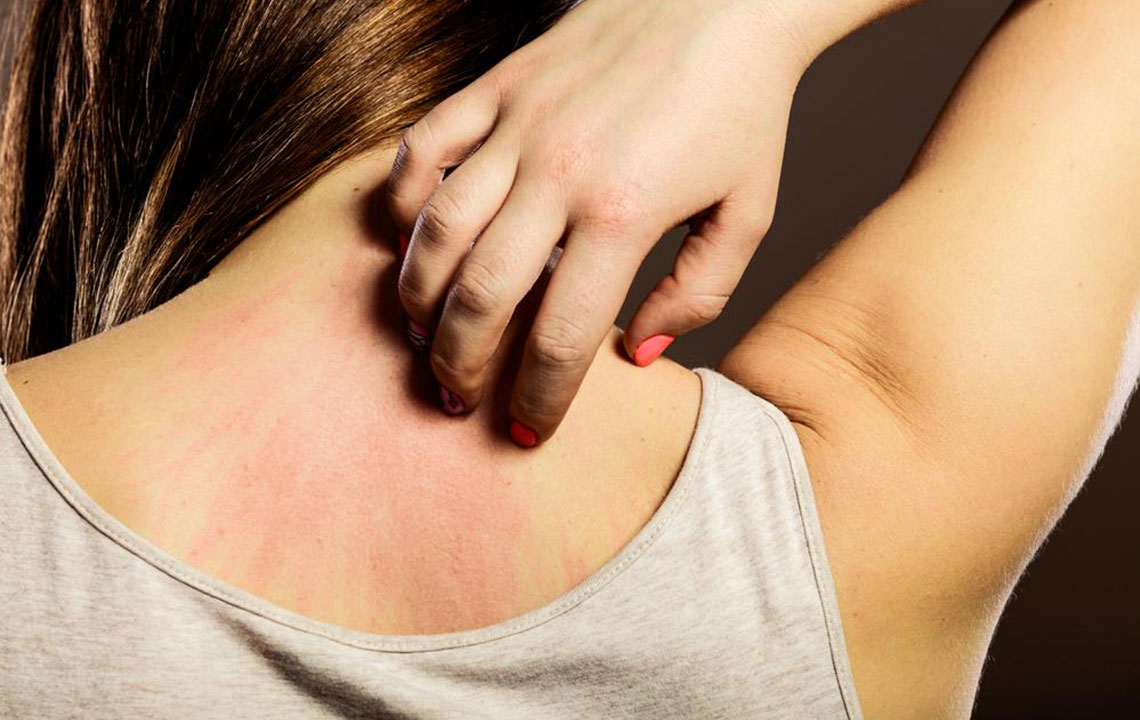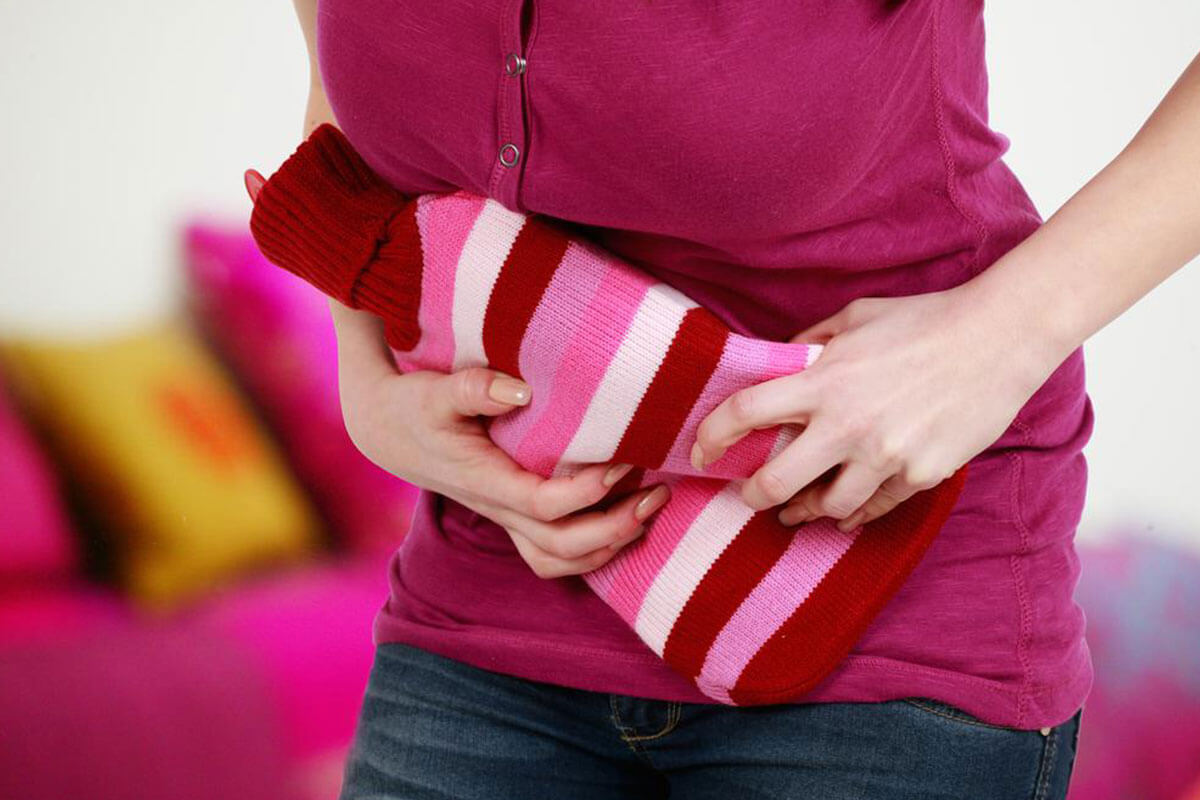Here Are Some Early Symptoms of Lupus

Lupus also is known by the name of systemic lupus erythematosus is a disorder which commonly affects women. The severity of lupus can be understood from the fact that one in every 2100 women is suffering from this autoimmune disorder.
It is not as if men are not affected by lupus, but the intensity of women getting affected by this disorder is five times more in comparison to men. There are some other unique aspects of lupus one of which is that black women are three times more prone to lupus in comparison to white women. This disorder has a hereditary trend also, and people who have someone suffering in their family from lupus are at ten times more risk of contaminating this disease than others.
Women who experience lupus find that their periods come with mild or no symptoms and these symptoms could also flare up at times. The symptoms of lupus could be mild or moderate to severe.
Below are listed the early symptoms, the presence of which indicate lupus.
Butterfly Rash
Of all the people who have been diagnosed with lupus around 40 percent develop a red bumpy rash. This rash then begins from the bridge of the nose and goes across the cheek in a pattern which is butterfly shaped, hence has been named as butterfly rash.
In butterfly rash condition, the rash most commonly appears on the face, but it could also show its presence in any part of the body. Besides face, the butterfly rash can also appear on the chest. This rash on chest usually appears as a raised disk-shaped lesion which is red.
People who have butterfly rash should avoid going out in the harsh sun as the lesion might worsen in such cases. People who are sensitive to the sun should also avoid going out since the lesion can worsen immediately.
Sores in nose
Of every one person in three who have been affected with lupus develop ulcers. This ulcer develops in mucosal tissue in the mouth or the nasal region. These ulcer formations are very painful, and help from a registered medical practitioner should be sought if this symptom appears.
Changes in the scalp
Majority of the people who have lupus experience hair loss. This hair loss can be in a pattern, or the person could experience complete hair loss. Lupus can also lead to scalp becoming dry and scaly.
However, it should be noted here that hair loss can be in multiple other medical conditions including rheumatoid arthritis. It is often not easy to tell that the hair loss is due to lupus if the person is also suffering from rheumatoid arthritis. Diagnosis of lupus through proper technique is the only viable way of pinning the hair loss to this medical condition.
Fatigue
As lupus affects the entire body of a person, emotional and physical stress are a natural consequence. This stress of suffering from lupus often leads to the development of stress in the person. Fatigue is among early lupus symptoms, and if this persists for long, it should be understood that a thorough medical checkup is required.
Fever
If a person is running a low-grade fever from 99 to 100 degree Fahrenheit, the same is also an indication of early lupus symptoms. This fever can also be an indication of infection which any person who has lupus is prone to.
Infections at a frequent level
People who suffer from lupus are also prone to infections at a constant level as compared to normal people. This occurs as the immune system of the person gets weak, and medicines are taken as a curative measure they take more time to show results. If any such sign emerges, it can be taken as early lupus symptoms, and appropriate medical attention should be sought.
Problems in the Joint
People who suffer from lupus have pain, swelling, and stiffness in the joints. These symptoms are widespread and can affect multiple joints in the patient’s body. One of the early lupus symptoms is stiffness in the body during morning hours. This symptom can show up even years before a person is affected by lupus.
Sensitivity in Finger and Toes
Early lupus symptoms also include the development of sensitivity in finger and toes. People who have lupus experience their finger and toes turning blue or white when these are exposed to cold.
Dry eyes
People who have lupus experience eyes turning red occasionally. They might feel irritation in the eyes which can become itchy at times. These symptoms surface as dryness of eyes occur in initial days of development of lupus.
Lupus can be controlled if, after early identification of symptoms, appropriate steps are taken, and consultation from a doctor is taken to ensure remedial measures.


